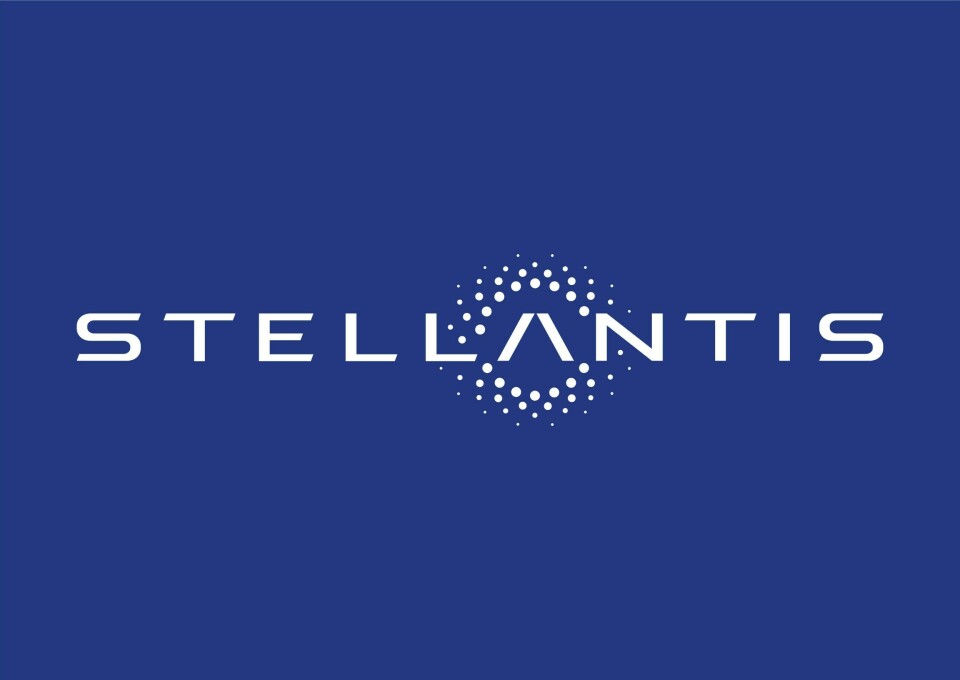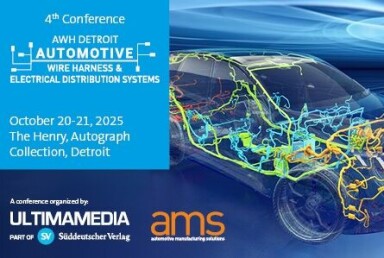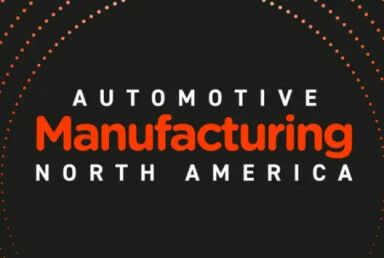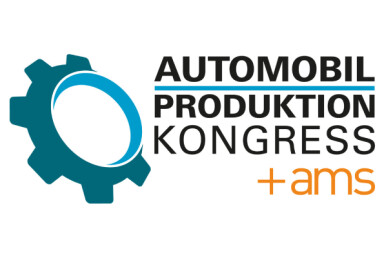Stellantis struggles with managing multi-brand complexity and looks to regroup following Tavares resignation
Carlos Tavares’ tenure in charge of Stellantis has ended abruptly but was the job of developing, producing and selling such a diverse range of brands across different continents an impossible one? Ian Henry unpicks some of the complexity facing Tavares and his team.

In September this year, Carlos Tavares said “my guys are ready for the fight” on the issue of CO2 targets; a day or two later he was reported as saying he was trying to avoid plant closures. In mid-October, one of Tavares’ lieutenants, Jean-Philippe Imparato, said Stellantis was planning to cut ICE vehicle production to meet European CO2 targets. The company had already had to stop production of one of its electric vehicles, the Fiat 500 electric, because of poor sales. Next came a statement that Stellantis would undertake a review of all its brands, especially currently underperforming ones, within the next two-to-three years; a separate review of the status of the company’s two UK van plants was already underway. Then suddenly at end of November came the not entirely surprising news that the Luton van plant in the UK would close. This was quickly followed in early December by the departure of Carlos Tavares himself, a couple of years before his already-announced departure which had been scheduled for 2026.
”Tavares and his team had made serious inroads into making economic and manufacturing sense out of the myriad of factories the company had in Europe”

Managing multiple factories for multiple brands
It has been a tumultuous few months for Stellantis. Its strategy has been led by Tavares who had cut his automotive teeth as one of Carlos Ghosn’s senior cost killers at Renault. Passed over for the top job there he moved across Paris to head up PSA and oversaw the merger of PSA with Fiat to create Stellantis. Tavares and his team had made serious inroads into making economic and manufacturing sense out of the myriad of factories the company had in Europe, across its operations at Peugeot, Citroen, Opel, Vauxhall, Fiat, Alfa Romeo and Maserati, as well JV factories between PSA and Fiat which existed prior to the merger. In Poland, Alfas and Jeeps are made on the same line as Fiats; at Melfi, there will soon be Jeeps, Lancias and DS cars coming off the line (but no Fiats!), and in Zaragosa, once solely an Opel pant, there are now Peugeot 208s and the new Lancia Ypsilon made alongside the Corsa.
The transition to EVs was causing a problem in Europe to be sure, but in North America, numerous problems were emerging, not least low sales, and a serious build-up in inventories. Supplier disputes did not help and legal cases with Kamax and Yanfeng for example both diverted management time and caused unease with American shareholders some of whom had started their own legal actions against the company.
In early December however, Tavares resigned earlier than planned; a dispute with other members of the board over how to address slow sales, poor EV launches, and a myriad of other problems cited as the overarching reason or reasons. Although he had been widely regarded as one of the most efficient and effective managers in the industry, a profit warning in September counted harshly against him and the substantial cash burn, expected to be at least €10 billion this year, was arguably the rather weighty straw the broke the camel’s back, even if the breakage took a few months to become fully evident with Tavares’ resignation.
European and North American markets too little in common
His multi-million package and likely generous departure terms will mean Tavares’ personal future is secure even if he never works again. His reputation however is not so secure. In many ways, his fall is not surprising, not because of decision on EVs per se, or other model launch issues; rather Stellantis has shown how very difficult (if not impossible) it is run a business with a European half and a North American half which have very little in common. Some Jeeps have been and will be made in Europe, but this does not amount to a fully integrated strategy; other than a small number of Alfa Romeos, Maseratis and a very few Fiat 500s, no European Stellantis car brands have been sold in the US. And other than a relatively small number of US-made Jeeps sold in Europe, North American Stellantis models do not sell in Europe and have never really done so. The two halves of the business have different customers, different models, different model cycles and limited engineering and purchasing integration. And there was not much sign that this would really change in the years ahead.
”Managing Stellantis has proved as difficult – and ultimately impossible – for Tavares, as another Carlos, Ghosn, found running Nissan and Renault in tandem. Similarly, DaimlerChrysler never really worked as a single entity”
The impossible job?
Managing Stellantis has proved as difficult – and ultimately impossible – for Tavares, as another Carlos, Ghosn, found running Nissan and Renault in tandem. Similarly, DaimlerChrysler never really worked as a single entity, and despite many, perhaps too many, long and wasted years, neither Ford nor GM ever managed to create a single entity out of their European and North American divisions. Time perhaps for Stellantis’ interim executive committee to recognise the likely futility of sustaining a single company and split Stellantis in two?


